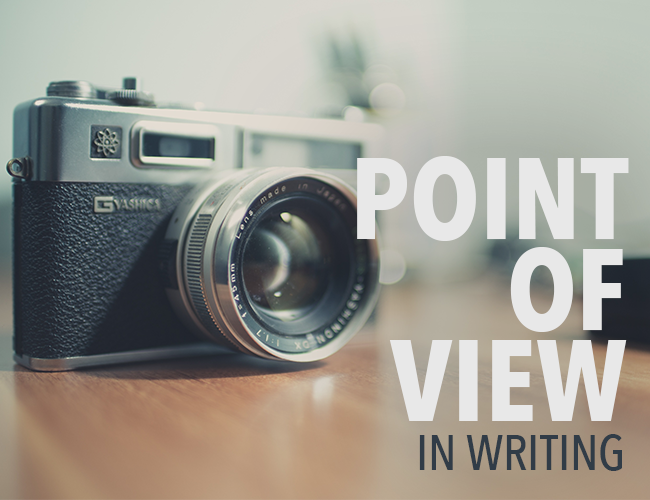
When diving into the depths of plot development, one fundamental decision emerges: the choice between first and third person perspective. As a writer, determining which narrative viewpoint suits your story best can significantly impact its tone, style, and emotional resonance. Let’s explore the nuances of each perspective and how to decide which one aligns with your storytelling goals.
First Person Perspective:
In the realm of first person narrative, the protagonist serves as the storyteller, offering readers direct insight into their thoughts, feelings, and experiences. This intimate viewpoint fosters a deep connection between the protagonist and the audience, allowing readers to inhabit the character’s perspective and witness the world through their eyes.
When crafting a plot outline in first person, consider the following:
- Character Voice: Embrace the unique voice and personality of your protagonist. Their narrative voice should reflect their background, personality, and worldview, enriching the storytelling experience with authenticity and depth.
- Subjectivity: Recognize the inherent subjectivity of first person narration. The protagonist’s biases, perceptions, and limitations shape the reader’s understanding of events, creating opportunities for unreliable narration and nuanced storytelling.
- Emotional Intimacy: Leverage the intimacy of first person narration to explore the protagonist’s innermost thoughts and emotions. Delve into their fears, desires, and conflicts, inviting readers on an emotional journey of self-discovery and growth.
Third Person Perspective:
Unlike first person narration, third person perspective adopts a more distant and objective stance, observing the story from an external vantage point. This narrative mode offers flexibility in character portrayal and scene transitions, allowing for a broader scope of storytelling possibilities.
When outlining a plot in third person, consider the following:
- Narrative Distance: Determine the level of narrative distance that best suits your story. Whether employing omniscient narration or limited third person perspective, establish boundaries between the narrator and the characters to maintain clarity and coherence.
- Character Depth: Explore multiple character perspectives and motivations within the narrative framework. Third person narration offers the opportunity to delve into the minds of diverse characters, revealing their inner conflicts, relationships, and growth trajectories.
- Scene Transitions: Seamlessly transition between different locations, timelines, and perspectives to enhance narrative flow and pacing. Third person perspective grants greater flexibility in structuring the plot and weaving together disparate storylines with cohesion and coherence.
Conclusion:
In conclusion, the choice between first- and third-person perspective is a pivotal aspect of plot development, shaping the narrative voice, character dynamics, and reader experience. By understanding the strengths and nuances of each perspective, writers can craft plot outlines that resonate with authenticity, depth, and emotional impact, inviting readers on unforgettable journeys of discovery and imagination.


